SUMMARY
This is AI generated summarization, which may have errors. For context, always refer to the full article.
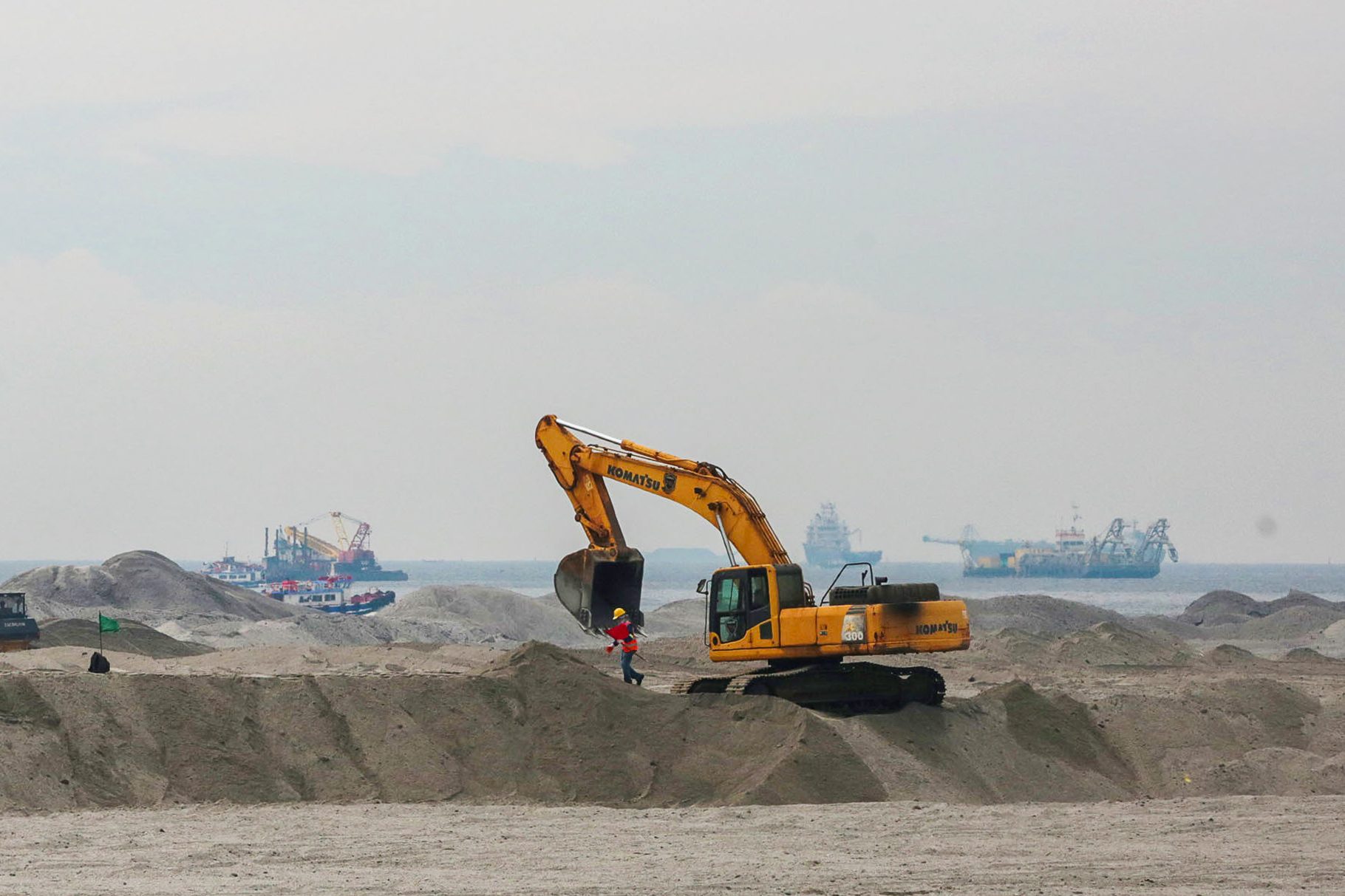
MANILA, Philippines – The Department of Environment and Natural Resources (DENR) is conducting a “cumulative impact assessment” of all reclamation projects in Manila Bay, Environment Secretary Toni Yulo-Loyzaga said on Tuesday, June 27.
Loyzaga said at a Malacañang news briefing that the Marcos administration has given her latitude to review the projects, which her agency is undertaking with a wider lens.
“Ang nangyari po kasi in the past, ang evaluation po ng mga projects na ito have been on an individual basis,” Loyzaga said. (What’s happened in the past is that the evaluation of these projects have been on an individual basis.)
“Globally, the practice whenever you have several projects in a single ecosystem, you need the cumulative impact assessment. And so we are undertaking that,” she added.
To conduct the assessment, the DENR is making use of the Manila Bay Sustainable Development Master Plan – a framework that, the National Economic and Development Authority said, is “to guide decision-makers in the assessment and approval of programs, activities, projects.”
The DENR is in the process of calling in and talking to concerned parties involved in the projects.
So far, the department has identified at least one party with possible violations, but Loyzaga did not name the party involved nor specify the violation committed. The party will be called in for a technical conference to check for any explanations on the potential violation of requirements identified in the environmental compliance certificate (ECC).
Why is this important?
Loyzaga said they are concerned that the development projects are impeding the DENR’s mandate to preserve Manila Bay.
The secretary was referring to the writ of continuing mandamus issued by the Supreme Court (SC) in 2008 ordering the DENR, among other agencies, to rehabilitate Manila Bay.
“The DENR is also of course one of the mandamus agencies in the decision by the Supreme Court to actually rehabilitate the bay,” said Loyzaga. “What we are concerned about is our task in terms of implementing that mandamus is actually going to be impeded by some of these developments.”
There are around 20 reclamation projects in Manila Bay. Green groups are calling for the revocation of the ECC of these projects, saying these have adverse effects on the environment and communities.
Environmental organization Oceana Philippines said that while the assessment is a welcome development, it’s high time for the DENR to revoke the ECCs of these projects.
“There’s already overwhelming, compelling evidence for them to revoke the ECC,” Liza Osorio, legal and policy director of Oceana, told Rappler. “While they’re studying, maybe the least they can do is stop these projects and have a moratorium on these projects.”
Locals and sectoral groups anticipate the potential obliteration of Manila Bay fisherfolk’s livelihood and displacement of residents from their homes due to the reclamation projects. (READ: Philippine fishermen balk at land reclamation projects)
Fishers’ group Pambansang Lakas ng Kilusang Mamamalakaya ng Pilipinas (Pamalakaya) said the DENR should stop taking its “sweet time” making a stand on the projects as these had already “inflicted irreversible damage to marine ecosystems and livelihood of coastal people.”
“Abandoned fish ponds in some towns in Cavite could’ve been converted into productive mangrove areas but were wiped out for reclamation,” said Fernando Hicap, national chairperson of Pamalakaya.
The group reminded the DENR of its role in preserving Manila Bay under the writ of continuing mandamus issued by the Supreme Court in 2008.
Among the controversial projects is San Miguel Corporation’s New Manila International Airport in Bulacan.
In 2020, fisherfolk and civil society groups asked the SC to issue a writ of kalikasan, a legal remedy invoked to protect people’s right to healthful ecology, against the airport’s construction for allegedly violating several laws including the Philippine Fisheries Code, the Clean Water Act, the Climate Change Act, and the Revised Forestry Code of the Philippines. The SC dismissed the petition. – Rappler.com
2 comments
How does this make you feel?





![[Uncle Bob] No whores at the Oarhouse](https://www.rappler.com/tachyon/2024/06/oarhouse-june-28-2024-2.jpg?resize=257%2C257&crop=414px%2C0px%2C1080px%2C1080px)



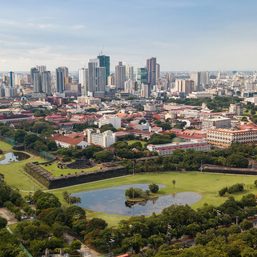

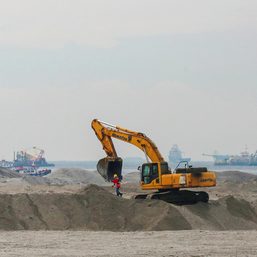
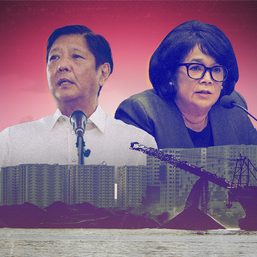
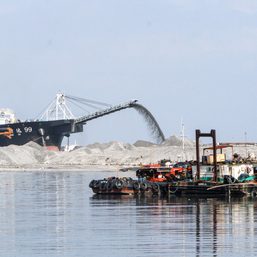
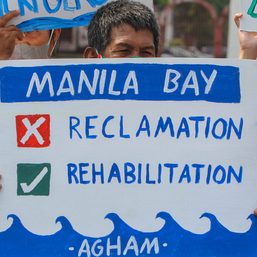





“Cumulative assessment” is good but not when it will be used to hide individual violators. But more likely, this is the INTENT of the approach unless specific violators and their violations will later be revealed to the Filipino people.
As stated by Iya Gozum in this article: “So far, the department has identified at least one party with possible violations, but Loyzaga did not name the party involved nor specify the violation committed.” Why did DENR Secretary Loyzaga not reveal the name of such violator? Is this an act of none transparency in government service?